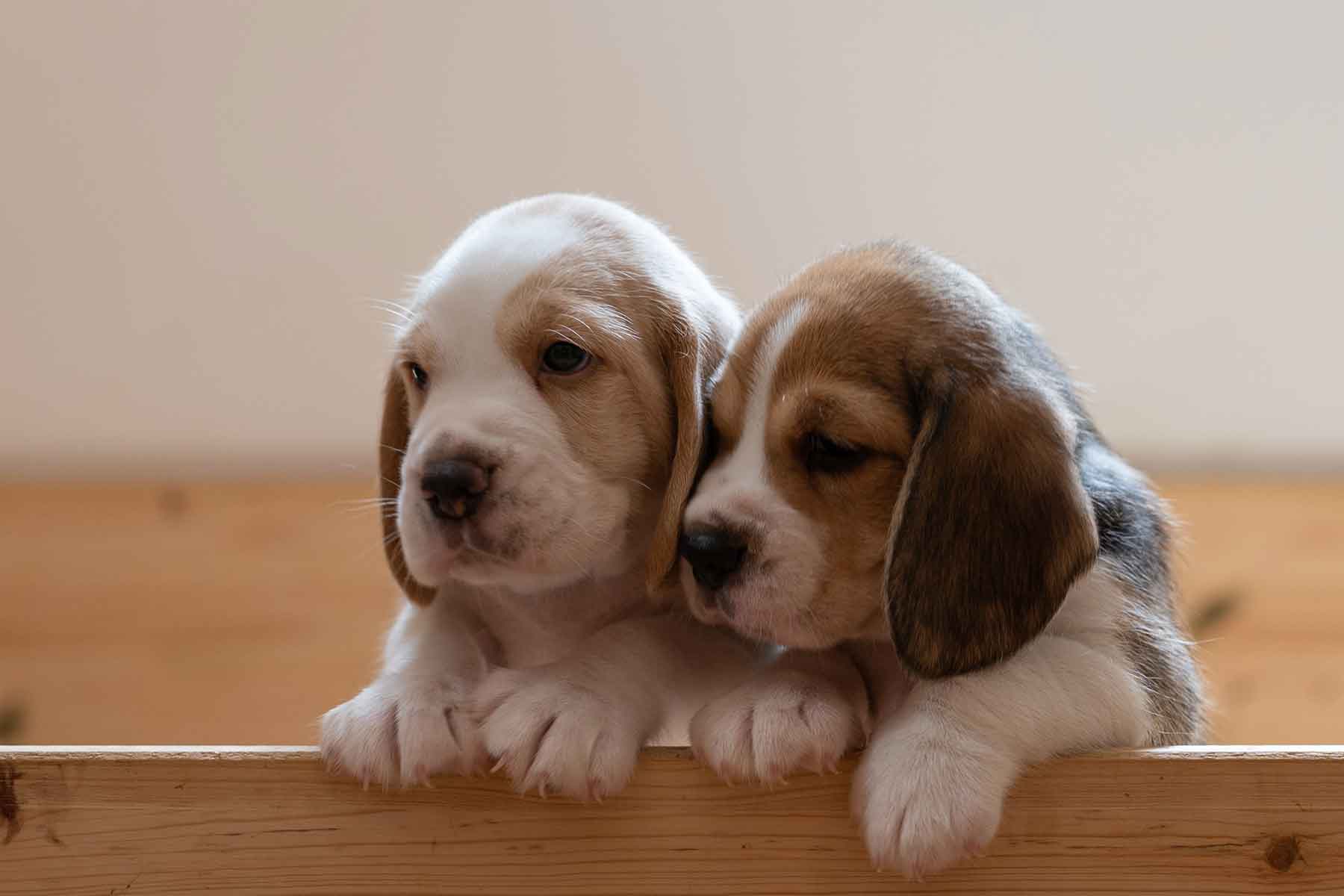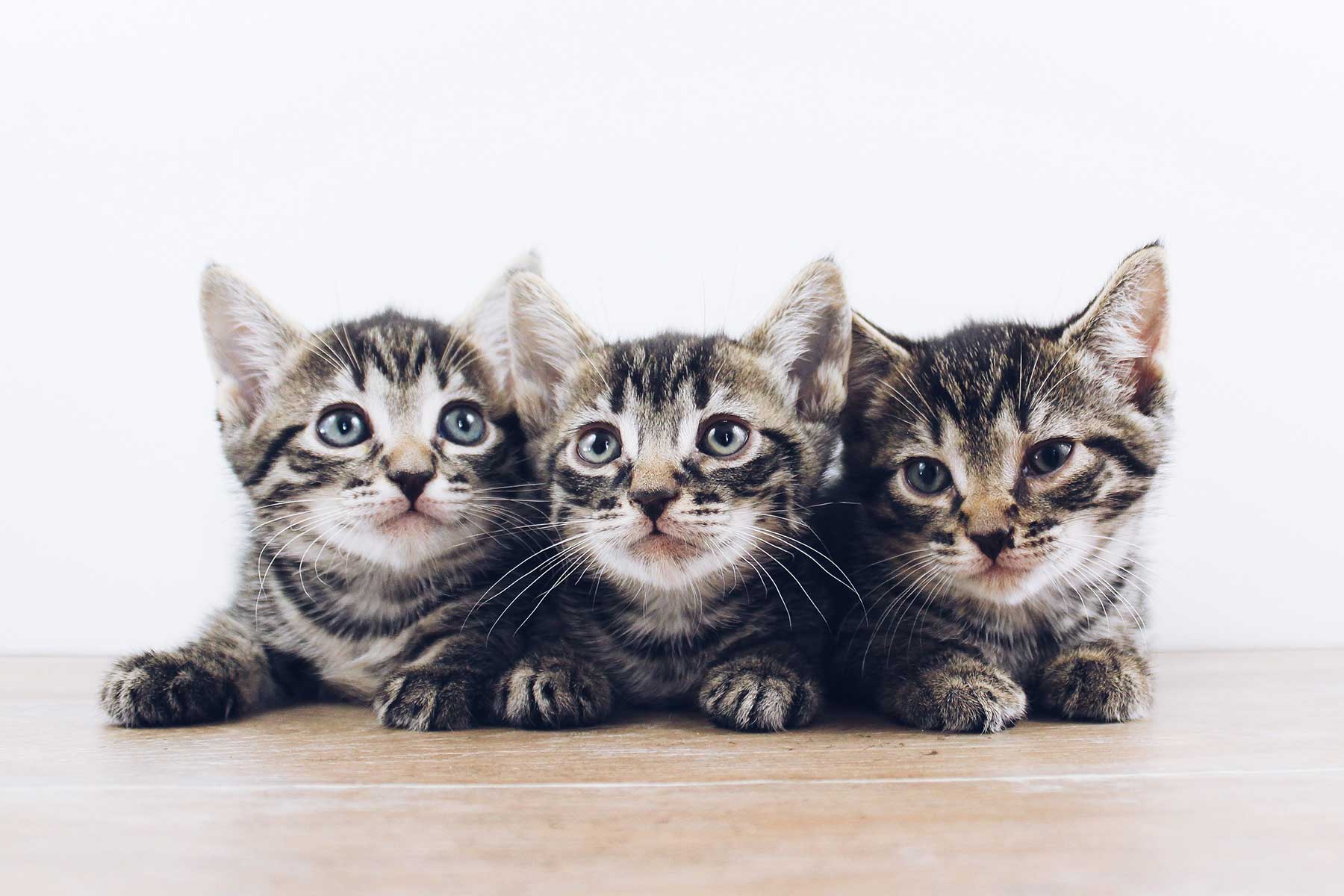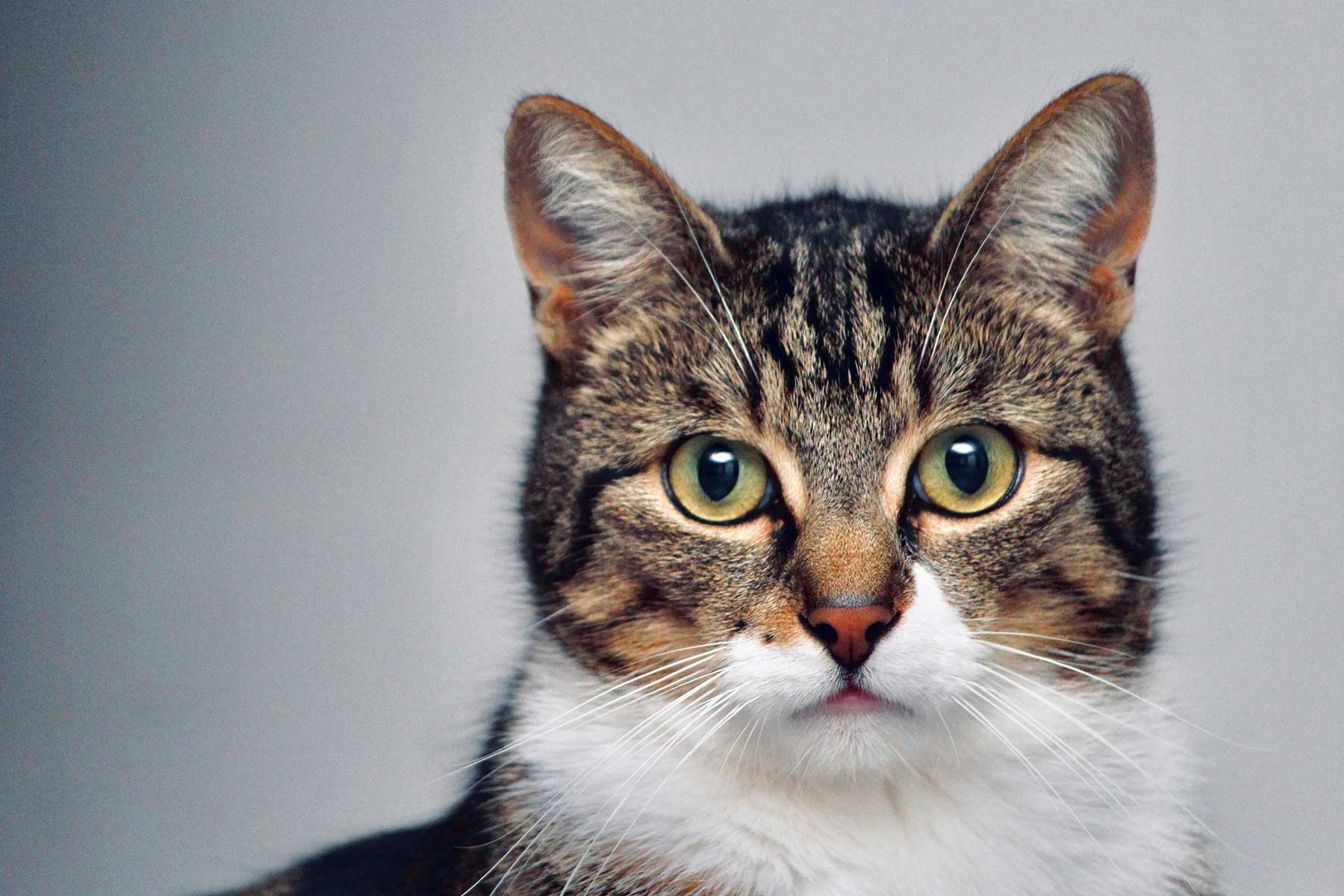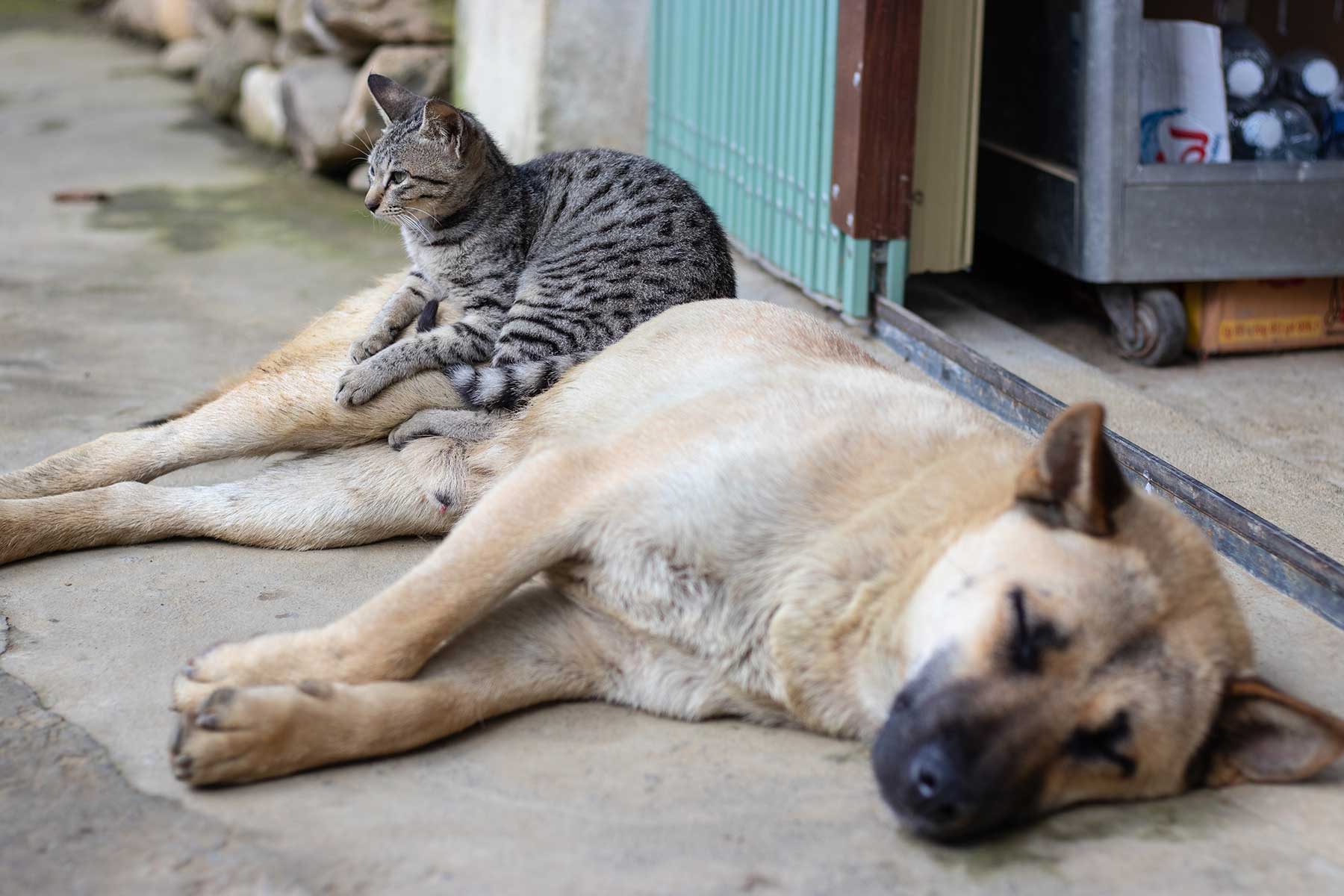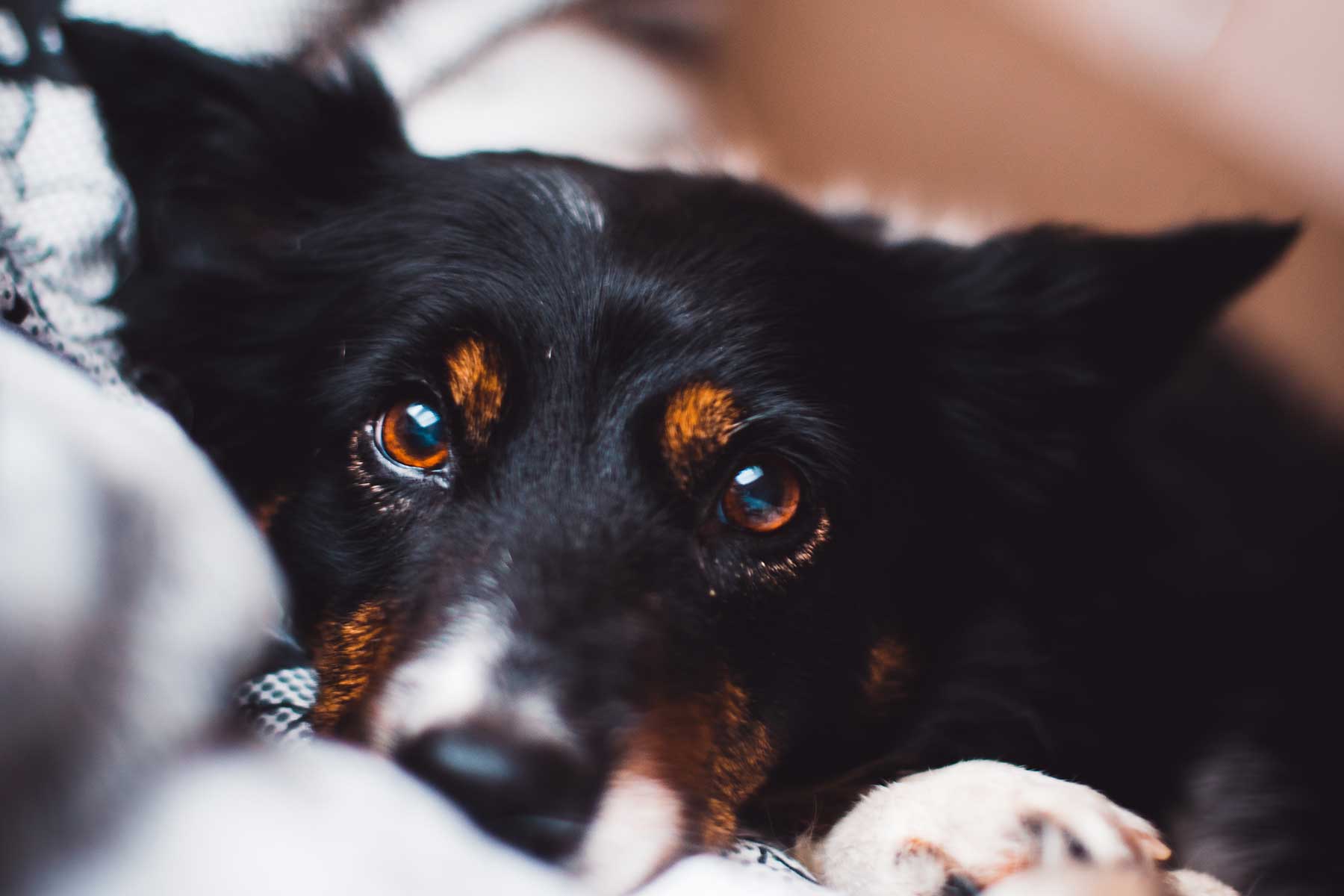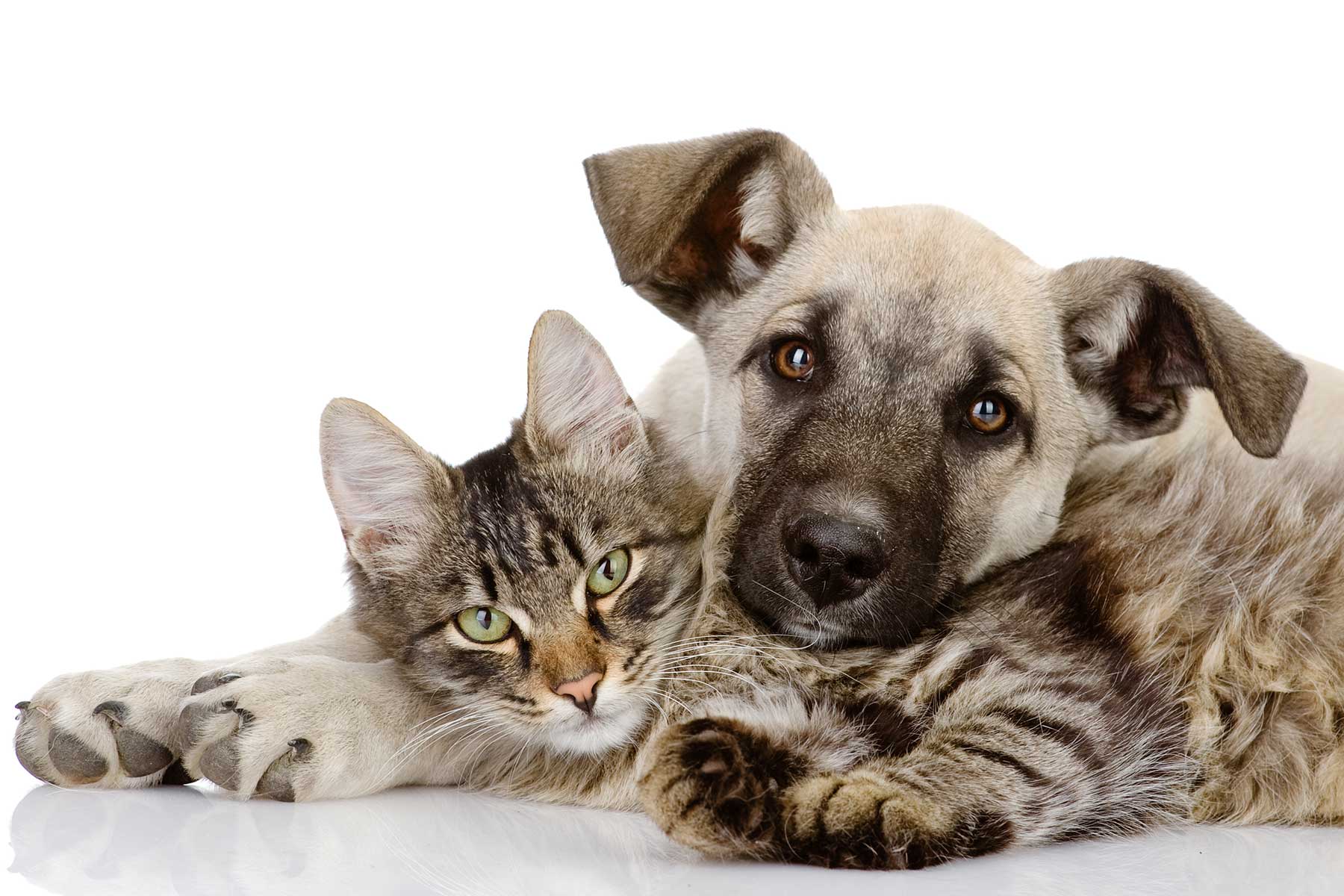Many of us turn towards the backyard and garden without realising it, we can unintentionally increase the risk of poisoning our companions.
The most commonly used lawn care products are of fertilizers, herbicides, insecticides and fungicides. When applied according to package instructions, fertilisers, herbicides, insecticides and fungicides are generally not harmful. Pets are primarily poisoned by contact with concentrated products. This may occur from inappropriate storage, failure to read package instructions, or by intentionally using more product than needed. Dogs are especially good at finding poorly stored containers, chewing them up and drinking the contents. Pet owners should be especially vigilant when using insecticides as these tend to have a higher degree of toxicity. Dogs may be exposed by digging up treated earth, chewing on pellets, or rooting around ant mounds shortly after insecticides are applied.
Snail pellets also require a special mention as we see several cases of snail pellet toxicity every year. Treatment is not pleasant, please be very careful when selecting and using snail pellets in your garden. If you suspect your cat or dog has eaten snail pellets they require immediate veterinary attention.
Many pets also have a habit of chewing on plants in the yard, particularly if you have been out in the garden pruning bushes and trees and have left branches and leaves laying around. This is a list of common plants that are dangerous to pets. For a detailed guide on toxic plants select this link.
Poisonous House Plants
| Common Name | Botanical Name | Poisonous Part |
|---|---|---|
| Bird of Paradise | Strelizia regirae | Fruit, seeds |
| Boston Ivy | Parthenocissus quinquefolia | All parts |
| Caladium | Caladium | All parts |
| Creeping Charlie | Glecoma hederacea | All parts |
| Dumbcane | Dieffenbachia | All parts |
| Emerald Duke | Philodendron hastatum | All parts |
| Glacier Ivy | Hedera glacier | Leaves, berries |
| Heartleaf | Philadendron cordatum | All parts |
| English Ivy | Hedera helix | Leaves, berries |
| Lily/Liliaceae Family | Lilium | All parts |
| Marble Queen | Scindapsus aureus | All parts |
| Majesty | Philodendron hastatum | All parts |
| Nephthytis, Arrowhead Vine | Synogonium podophyllum albolineatum | All parts |
| Parlor Ivy | Philodendron cordatum | All parts |
| Pothos | Scindapsus aureus | All parts |
| Red Princess | Philodendron hastatum | All parts |
| Saddleleaf | Philodendron selloum | All parts |
| Split leaf Philodendron | Monstera deliciosa | All parts |
| Umbrella Plant | Cyperus alternifolius | All parts |
Poisonous Outdoor Plants
| Common Name | Botanical Name | Poisonous Part |
|---|---|---|
| Apricot | Prunus ameniaca | Stem, bark, seed pits |
| Azalea | Rhododendron occidentale | All parts |
| Baneberry | Actaea Spicata | Berries, roots, foliage |
| Buchberry | Lantana | All parts |
| Castor Bean | Ricinus communis | Seeds, if chewed |
| Choke Cherry | Prunus virginica | Leaves, seed pits, stems, bark |
| Daffodil | Narcissus | Bulbs |
| Daphne | Daphne mezereum | Berries, bark, leaves |
| Foxglove | Digitalis purpura | Leaves, seeds, flowers |
| Hemlock | Conium maculatum | All parts, root and root stalk |
| Hens-and-Chicks | Lantana | All parts |
| Hyacinth | Hyacinthus orientalis | Bulbs, leaves, flowers |
| Hydrangea | Hydrangea macrophylla | Leaves, buds |
| Jerusalem Cherry | Solanim pseudocapscium | All parts, unripe fruit |
| Jimson Weed | Datura stramonium | All parts |
| Jonquil | Narcissus | Bulbs |
| Lily-of-the-Valley | Convallaria majalis | All parts |
| Mandrake | Podophyllum peltatum | Roots, foliage, unripe fruit |
| Mistletoe | Phoradendron Flavescens | Berries |
| Morning Glory | Ipomoea violaces | Seeds |
| Nightshade | Atropa belladonna | All parts |
| Oleander | Norium Oleander | All parts, including dried leaves |
| Poinsettia | Euphorbia pulcherrima | Leaves, flowers |
| Pokeweed, Inkberry | Phytolacca americana | All parts |
| Red Sage | Lantana camara | Green berries |
| Rhododendron | Rhododendron | All parts |
| Rhubarb | Rheum raponticum | Leaves |
| Sweet Pea | Lathyrus odoratus | Seeds, pods |
| Tulip | Tulipa | Bulbs |
| Wisteria | Wisteria | Seeds, pods |
| Yew | Taxus | Needles, bark, seeds |
When you are working in your garden, be sure to take an extra moment or two to protect your pets.
- Always read the packet instructions before applying products to your lawn or garden.
- Check with your local garden centre about the safety of plants you are putting in your garden.
- Finally, remember to close the top tightly on all containers and put them in an area where your pets do not have access to them.

